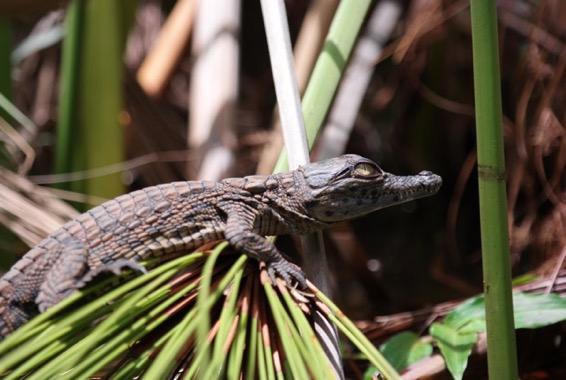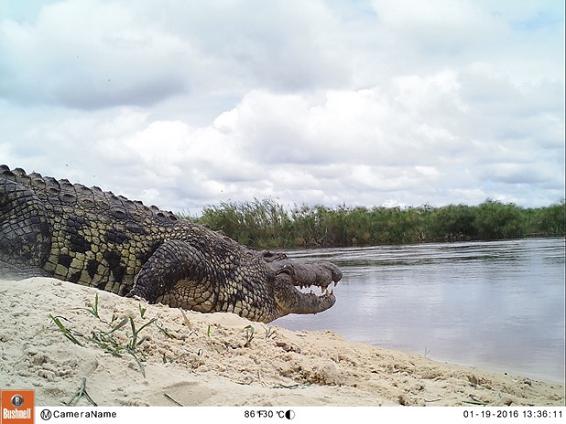Vincent Shacks
Other projects
19 Jan 2011
Baseline Levels of Persistent Organic Pollutants (POPs) in Crocodiles of the Okavango Delta, Botswana
The project aims to provide comparative data on population density change and nesting numbers from an original study carried out over a decade ago.These data will help to show whether a recovery of this previously exploited crocodile population is taking place.

This long-term study aims to monitor the health of the Okavango crocodile population in an unprotected portion of the Okavango. 99% of all nesting sites of this species are found in this unprotected region, which currently faces increasing threats from fires, habitat disturbance and poaching. This population has gone through excessive exploitation in the past where up to 50 000 crocodiles were shot for their hides. With unknown population densities and increasing human conflict, our research group partnered with the Department of Wildlife to establish a long term monitoring programme. Ten years ago (2005) our research group carried out the first baseline assessment of population density in the Okavango Panhandle. A follow up survey was conducted in 2008 and today we have the opportunity to add to that database by presenting comparative data ten years after our initial surveys.

Our team will carry out this study by conducting spotlight and recapture surveys along our study site. The spotlight method of surveying crocodilians was standardized in 1977 and has proved to be a very successful and reliable method over the last three decades. Crocodiles will be captured using a number of different sized nooses and once restrained, these animals are brought on board for us to carry out a series of standardized morphometric measurements. The recapture of crocodiles, will allow us to carry out new measurements and accurately determine growth rates and movement over specific periods of time. Day- time nesting surveys will be carried out by boat and on foot. The team has an existing database of approximately 200 nesting sites which will be inspected along the river. These updated surveys will provide a good 10 year comparison of nest numbers and site selection.
A critical part of our work is Environmental Education. As we travel along the length of the Okavango River, our team will stop at specific village primary schools to conduct our “top predator” ecology talk to the pupils. All of the activities described above are repetitions of surveys conducted by the same team over the last decade. This project will allow us to conduct fixed surveys over a specific period of time to conclusively show if the population is recovering since the intense exploitation between 1956 and 1987.